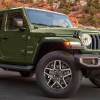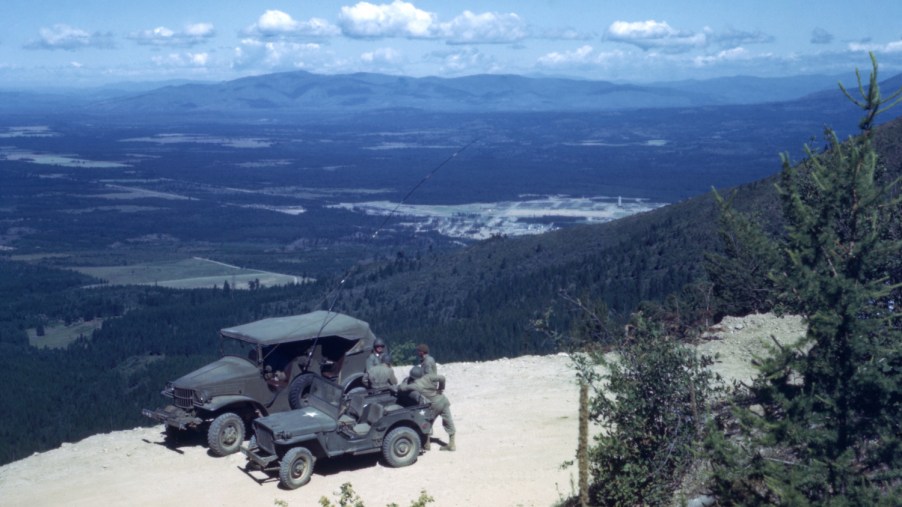
The History of AWD Vs. 4WD
The history of 4WD Vs AWD is intertwined with the history of American engineering–and America itself. American auto manufacturers pioneered mass-produced four wheel drive (4WD) vehicles during WW2. After the war, the Willys Jeep and Dodge Power Wagon were the first factory 4WDs available to civilians. But 4WD drivetrains in historic cars suffered from two technological shortcomings. Until engineers finally solved these problems, full-time all wheel drive (AWD) chassis were not feasible.
4WD vehicles were first mass-produced during WW2
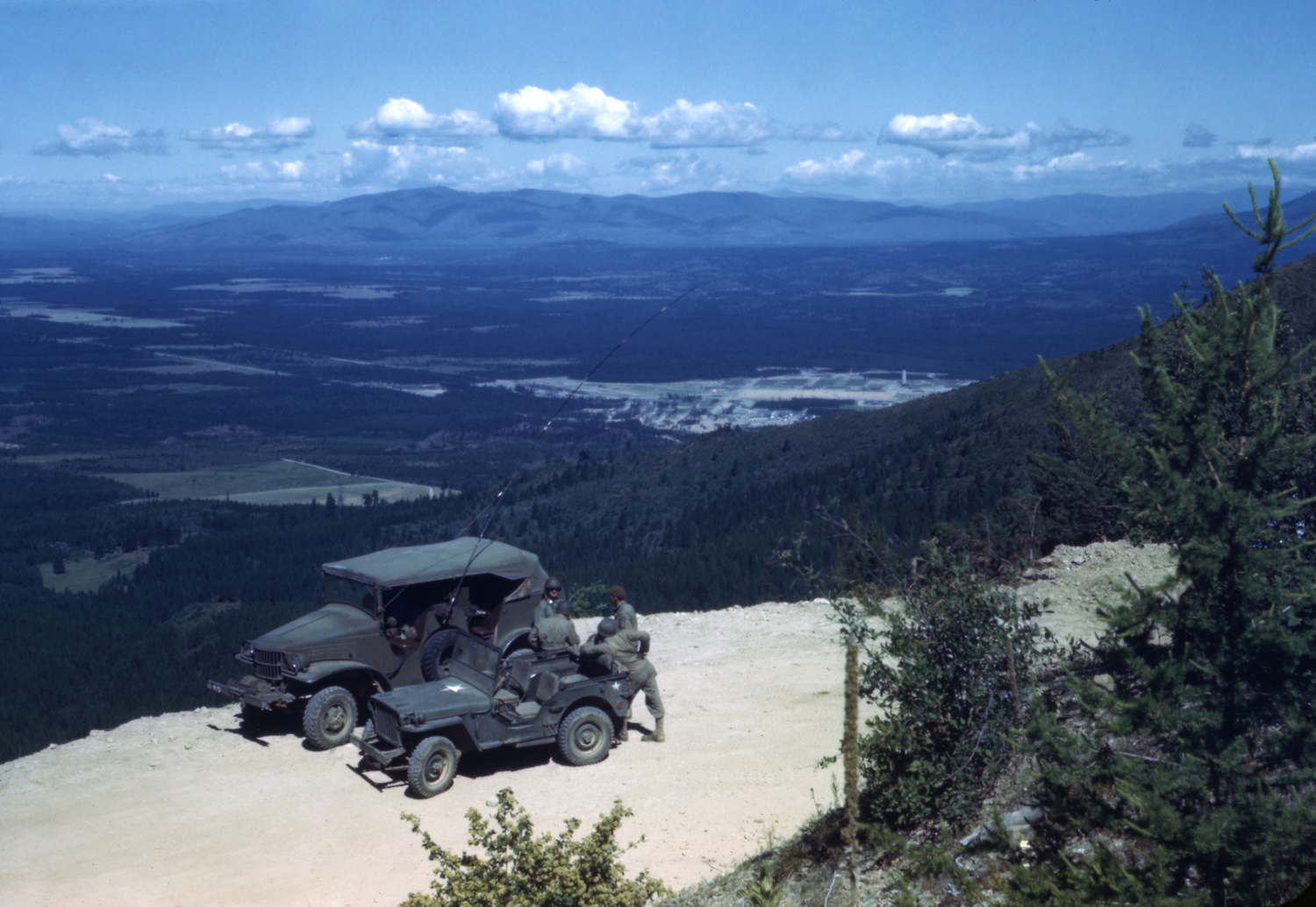
The first important piece of 4WD vs AWD is that 4WD predates AWD by decades. Most early motor vehicles featured a front engine and transmission unit. The transmission spun a driveshaft which in turn transferred power to the rear axle. All early mass-produced vehicles were rear-wheel-drive (RWD). While cornering, the outside tires needed to spin faster than the inside tires. Therefore, carmakers invented geared differentials to allow one tire to spin faster than the other tire on the same axle.
During World War Two, America needed to transport troops across the countryside. American automakers stepped up by perfecting four wheel drive Jeeps and Power Wagons. 4WD drivetrains included a transfer case between the transmission and driveshaft. This transfer case drives a second, forward-facing driveshaft. This second driveshaft transfers power to the front axle, which in turn drives the front wheels. This 4WD system was an excellent way to get vehicles moving in slippery conditions.
The weakness of 4WD
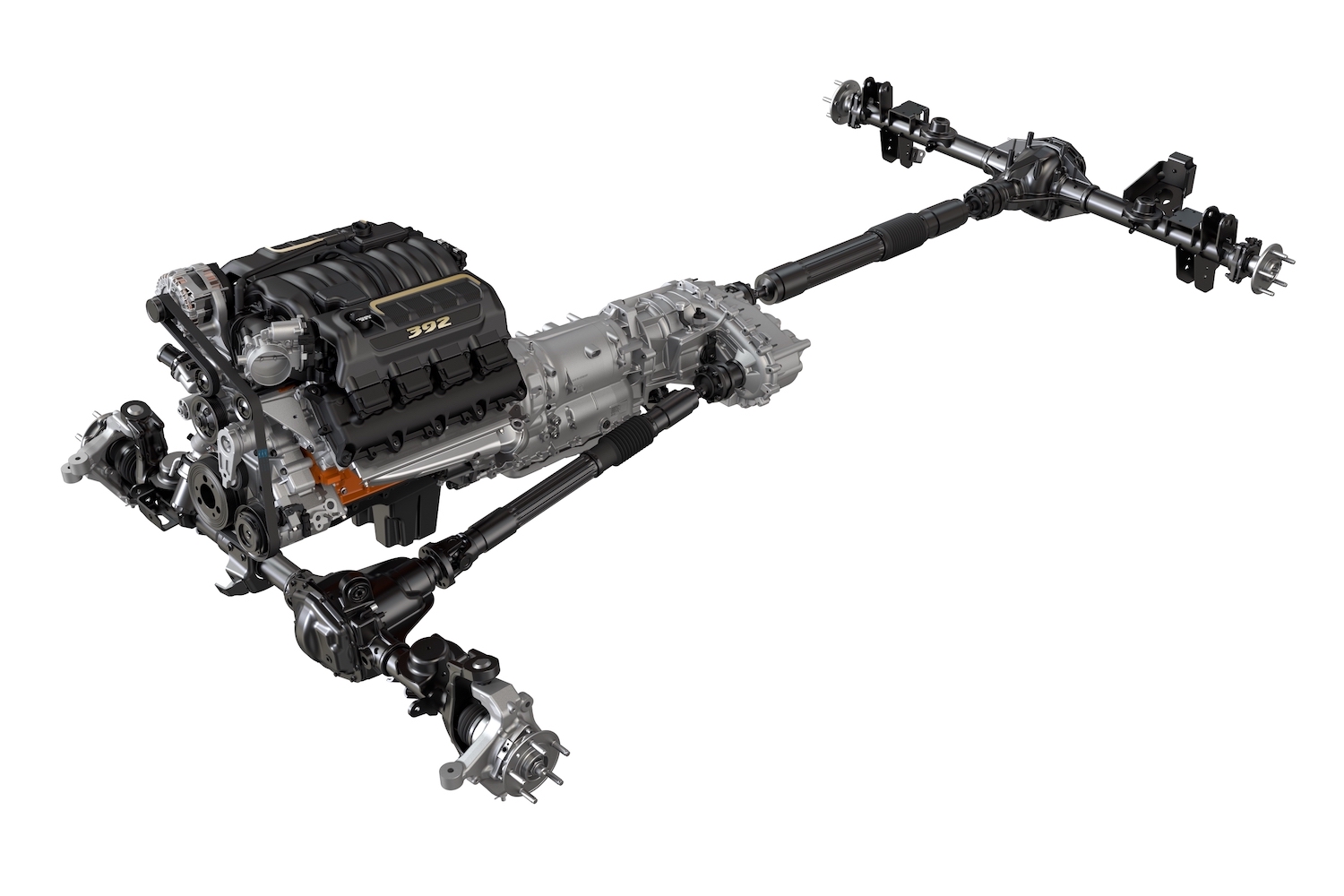
During World War Two, automakers found 4WD components wore out very quickly. Firstly, the live front axles need to both steer and drive. They do this with ball joints between the axle and the front wheels. But these ball joints wear out quickly.
Secondly, there is no differential between the front and rear axles. When a vehicle is cornering, its front and rear wheels need to spin at slightly different speeds. Therefore, when a 4WD vehicle is cornering, it wears out axle gears, tires, and other components.
Both of these problems get worse on pavement. And both of these issues are worse while driving quickly.
Automakers solved these problems with a selector lever on the transfer case. The driver of a 4WD vehicle can shift into 2WD whenever traction is good. If they save 4WD for when they need it most, all the drivetrain components last longer. When engineers finally solved these 4WD weaknesses, they made AWD possible. The ability to drive all four wheels at high speeds is the main difference of 4WD, Vs AWD.
4WD Vs. AWD
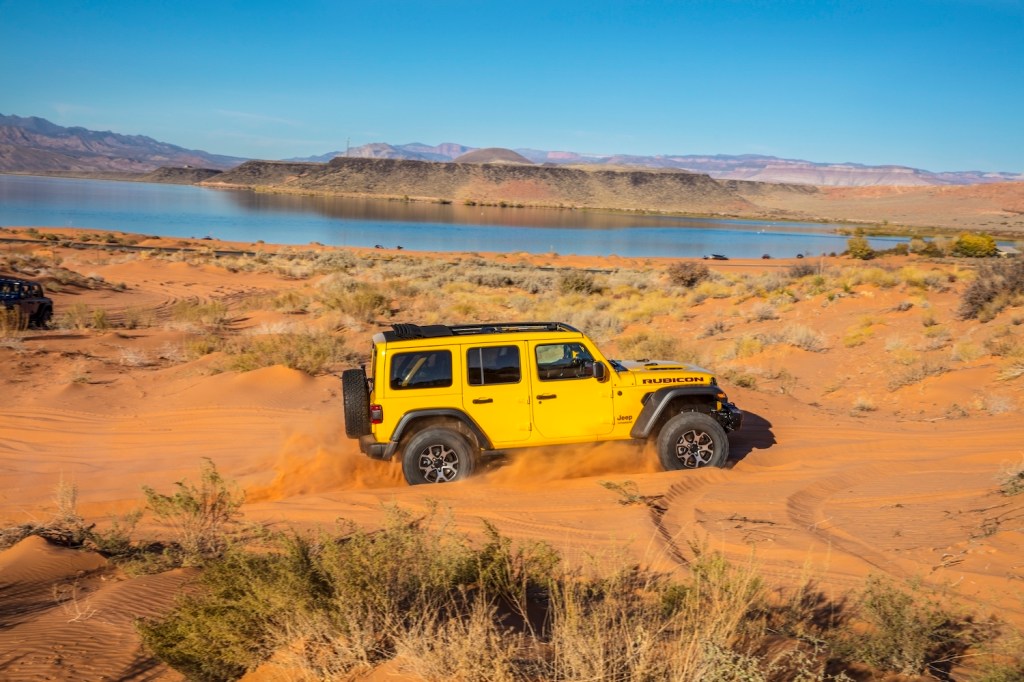
Modern car buyers must choose between between 4WD Vs AWD. In an AWD vehicle, the driver cannot shift into 2WD. One of the AWD advantages is that the driver never needs to worry about the drive mode. That said, AWD vehicles often wear out faster than 2WD vehicles. In addition, AWD components work best for lower torque drivetrains.
One main difference between all-wheel drive and four-wheel drive is in the vehicle’s differentials. Every AWD vehicle features a center differential to allow the front and rear tires to spin at different speeds. The center differential limits the wear-and-tear on the drivetrain while on dry pavement or while driving fast.
Some AWD vehicles even feature a limited-slip differential. This differential keeps any of the wheels from spinning too much faster than the others. One wheel spinning too fast is a problem while off-road with limited traction. Still other AWD vehicles function as a 2WD vehicle much of the time to protect drivetrain components. Then, when one of the wheels begins to spin, an automated clutch engages AWD without any input from the driver.


